Kilimanoor royal family has immortalised itself in the history of the former princely state of Travancore. This is largely due to the success of the great artist, Raja Ravi Varma. Along with his brother, C. Raja Raja Varma, he was among the earliest Indian artists who had effectively mastered the artistic traditions of the West. Amidst the fame of the Varma brothers, Mangala Bayi, their sister, an artist, was destined to live a life fettered by the stringent social norms.
Kilimanoor Royal Family’s Tryst with Art
The first to be acquainted with art in the Kilimanoor lineage were the sisters Rohininal Thampuratty and Moolamnal Kunjikavu. They learnt the intricacies of art from two fugitive princes who had escaped from the clutches of Britishers after the fall of Pazhassi Raja. The future generations of Kilimanoor family inherited the knowledge of art from these matriarchs.
Moolamnal Kunjikavu’s son Raja Raja Varma became the first prominent artist of the royal family. His royal connections made it possible for him to whet his skills under the aegis of Alagiri Naidu. He guided his nephew (Raja Ravi Varma) to explore the artistic realm.
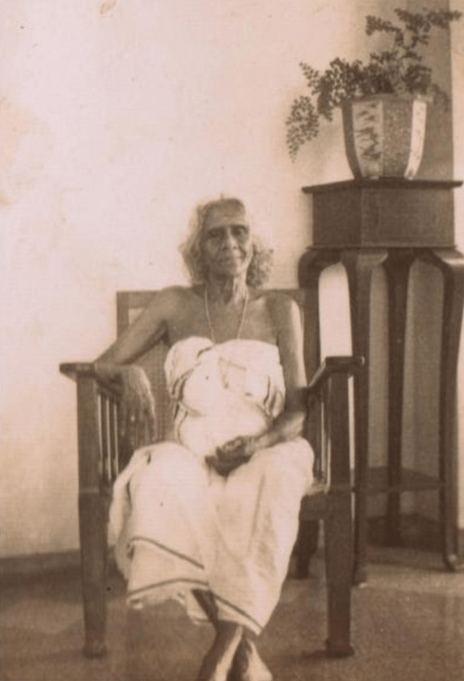
Mangala Bayi Thampuratti (1865 – 1954)
As a princess born in the royal family of Kilimanoor, Mangala Bayi had ample opportunities to pursue art. As a woman born in more orthodox times, she had a limited scope in taking art as a profession like her brothers. She learnt by observing her brothers working in their studio. Her proficiency in capturing the likeness from reality received immense critical appreciation. Her artworks revolve around domestic and devotional themes. She was the first woman artist of 19th-century to have worked in her own studio.
Also read: Life of Amrita Sher-Gil: An Artist Way Ahead of Her Time
Mangala Bayi’s Artistic Training
In her own words (as told to Balakrishna Nair for his biography on Raja Ravi Varma),
“I was taught to paint mostly by my uncle (Raja Raja Varma). I approached my brother only to clear doubts. Even that became impossible after my marriage, for as goes the custom among us, it was not thought proper for a married woman to go near her brothers.“

The Sibling Relationship
Raja Ravi Varma helped her sister in honing her skills. He consulted Mangala Bayi about an ongoing artwork of his. On one occasion, he asked her to examine Tripura Sundari and abided by her suggestion of tilting the subject’s face on one side. Their work was remarkably similar and brilliant. Raja Ravi Varma himself mistook a canvas painted by Mangala Bayi to be his own. There existed mutual respect for each other’s talent between them.
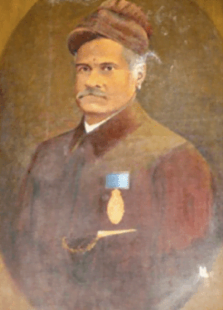
Image Source: theheritagelab.in
Mangala Bayi’s Legacy
Mangala Bayi’s skills are a visual delight for art lovers. Her striking portrait of Raja Ravi Varma captures the soul of the subject on the canvas. Most of her works remain unknown to the common eye as they are part of private collections. She carefully nurtured her family’s artistic traditions through its female line. Her disciples – Bhavani Thampuratty and Malathi Thampuratty – emerged as talented artists. Through her contributions in the field of art, Mangala Bayi emerged as the true matriarch among the women artists of Travancore.
Also read: Women Artists: The Necessity of Unheard Voices in Art
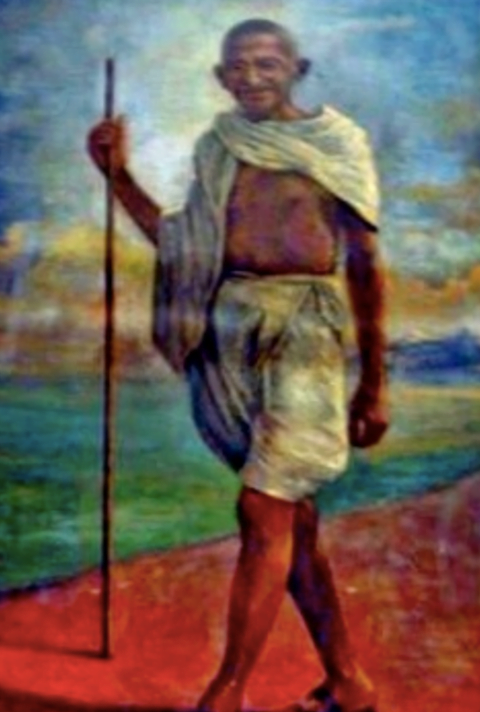
Art in Times of Hierarchy
The era in which Mangala Bayi was born wasn’t socially structured to give wings to her talent. The social hierarchies present in those times considered it ‘improper’ for someone of her stature to have a profession. She could pursue it as a hobby alone. One can only wonder how her skills would have withered away, had she not been a princess!
References
- The Heritage Lab
- Art & the Princess by Sharat Sunder Rajeev, The Hindu
About the author(s)
Sugandhaa's major areas of interest are aesthetics and feminism. She loves engaging with historical fiction - when she isn't reading it, she is daydreaming about it!
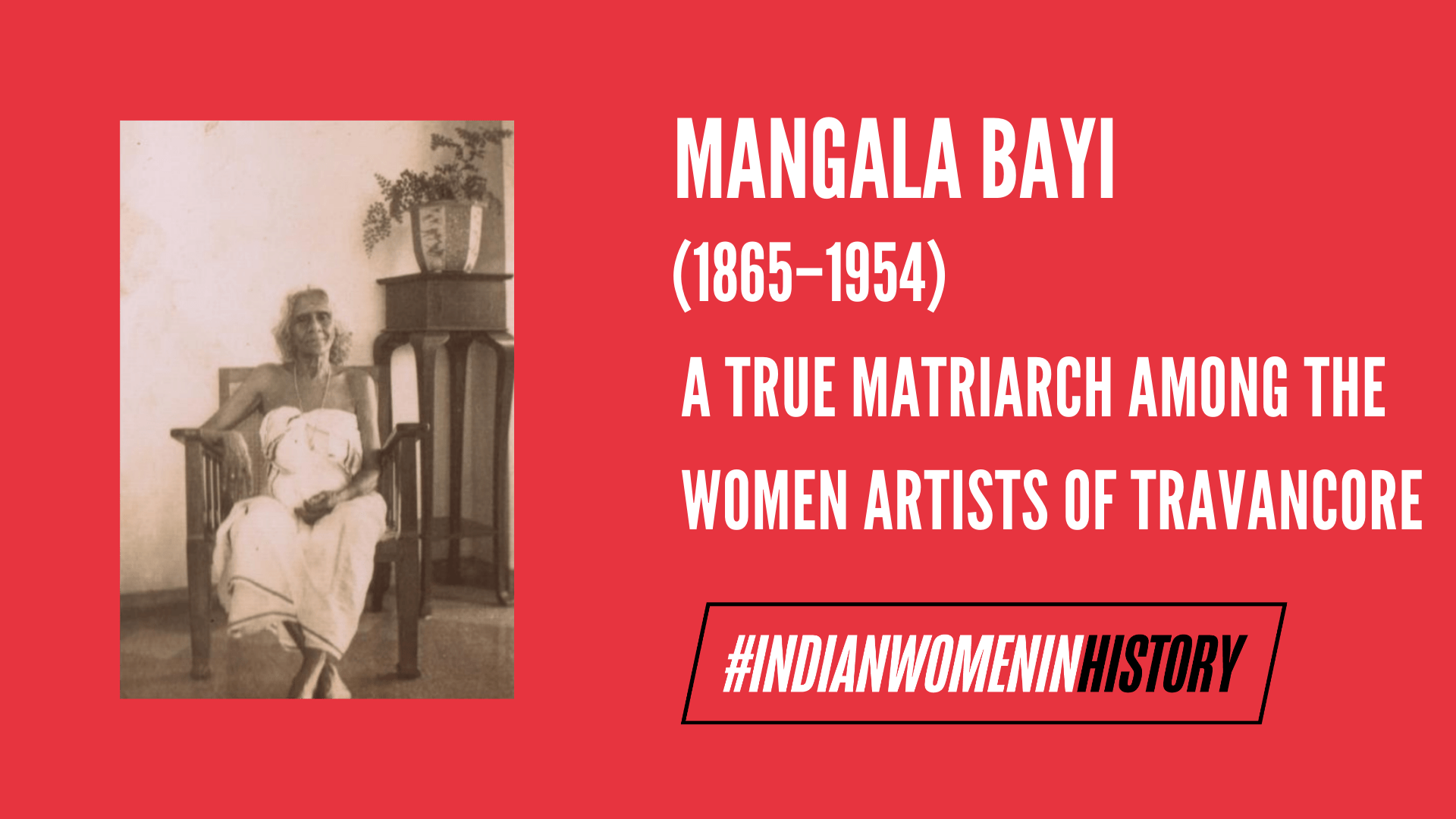


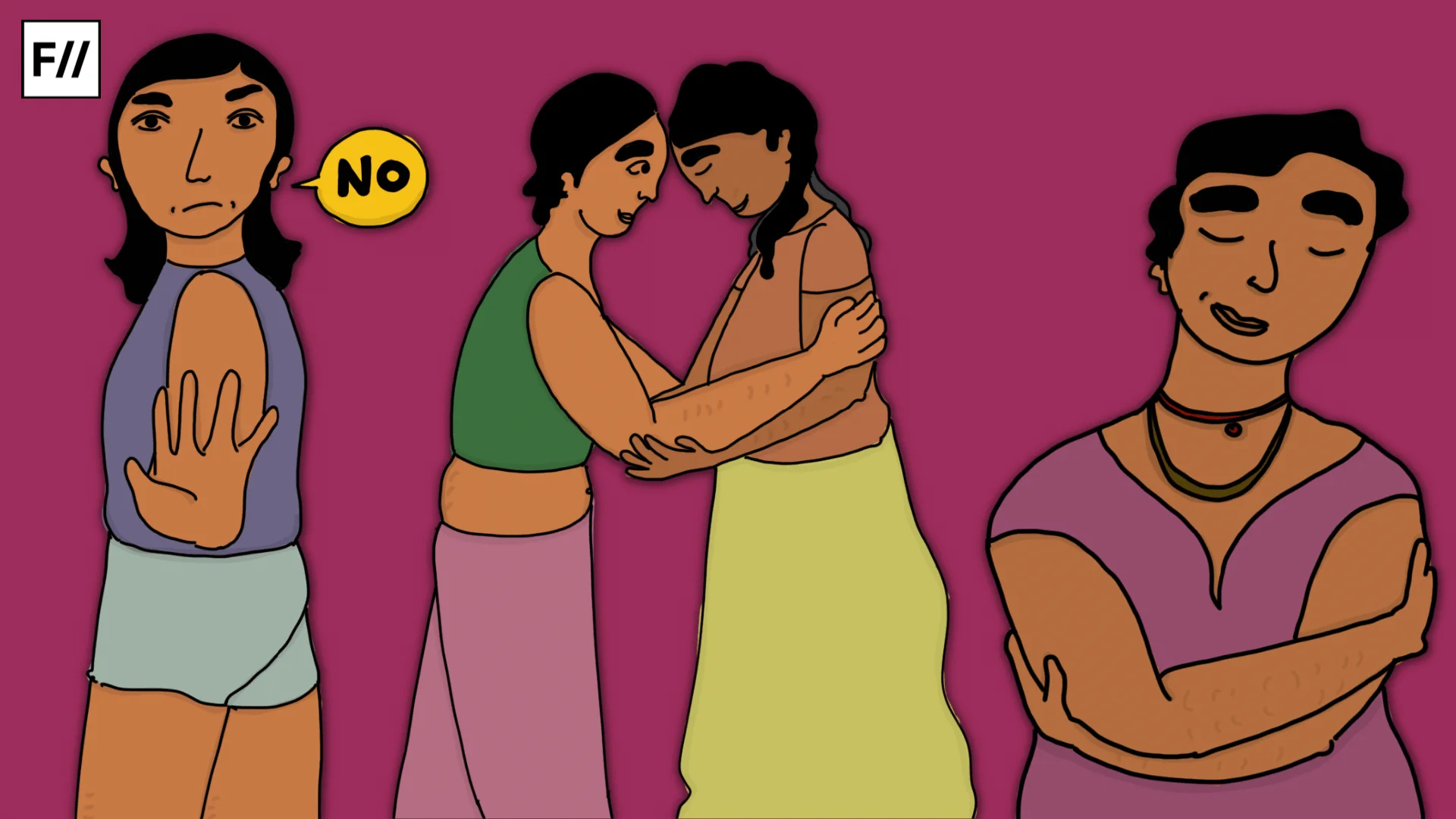
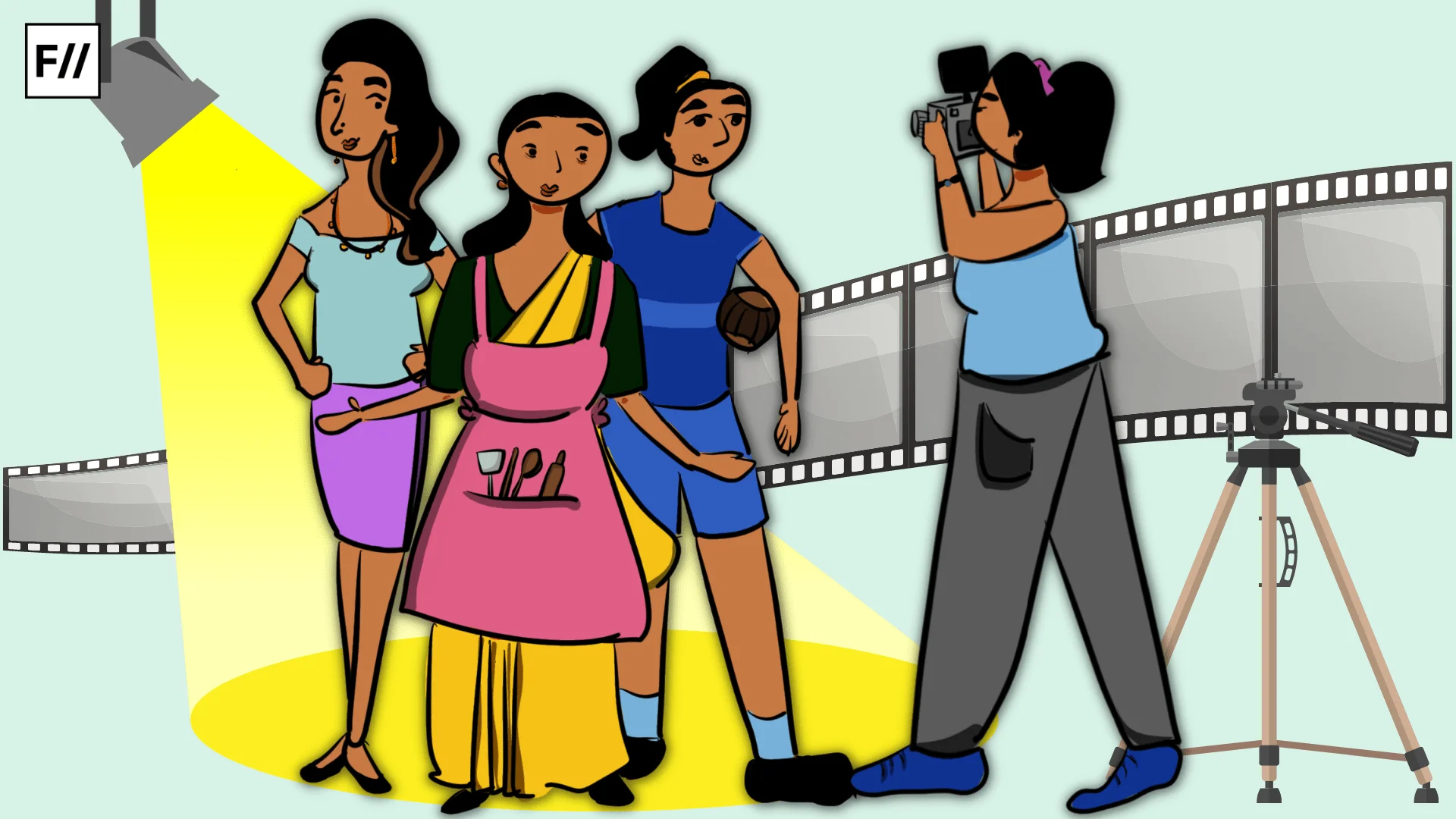


Looks like today the meaning of femisnism has changed. Some women think feminism to indulge in a competetion with men and overtake them. Many girls and women are doing it and think that they should immitate whatever men do like drinking alcohol, smoking, flirting and adultery. But, feminism means to develop women’s own talents and traits. Rather than competing with men they should try to get equal satus on the basis of those talents and traits which men. There shouldn’t be any unnecessary and unhealthy competetion between man and woman. Because, cooperation is always better than competetion.